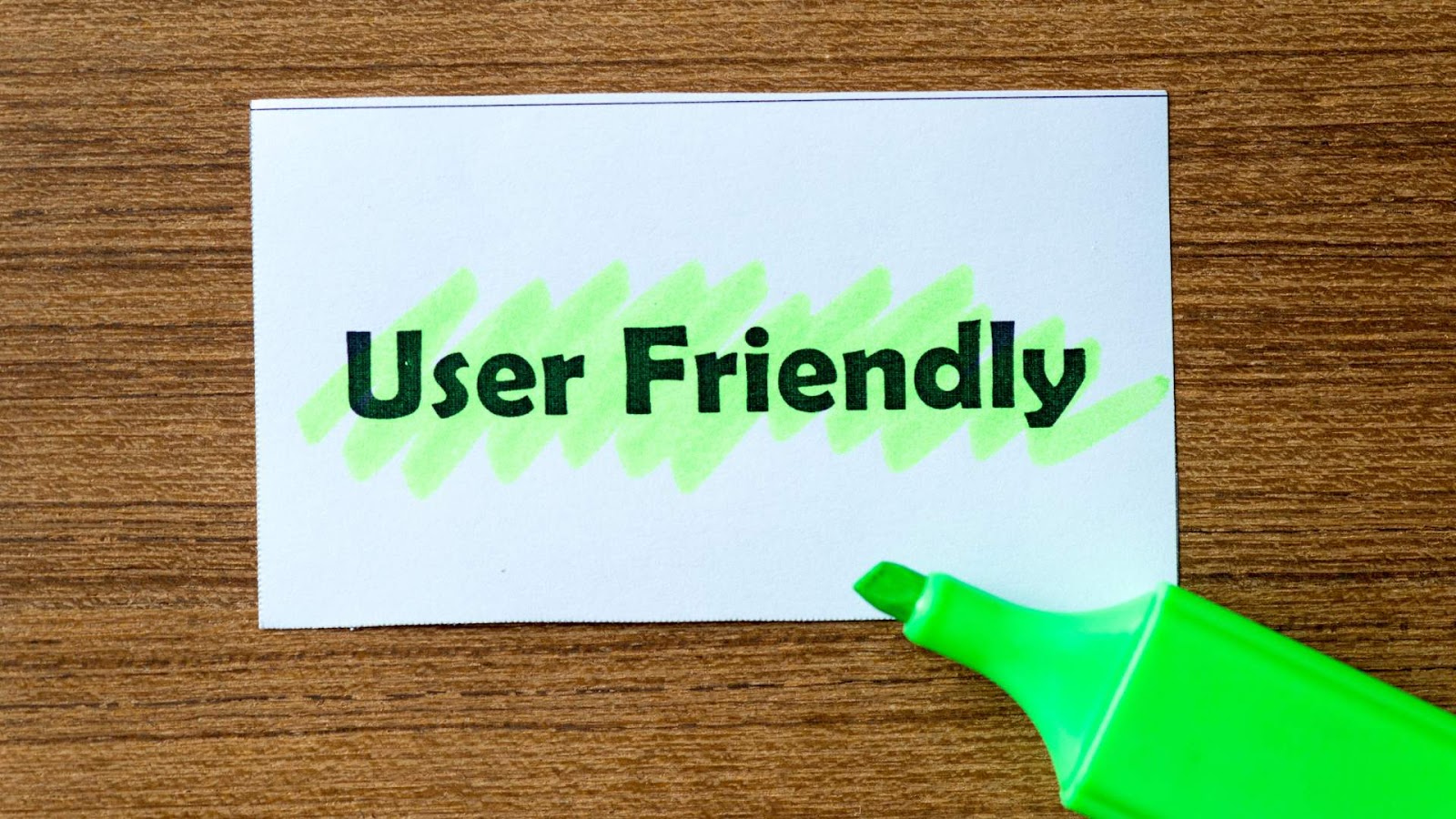website navigation Tips for creating user-friendly to enhance user experience.
Wondering why you should overly intricate your site? Here is your answer about website navigation!
If your site isn’t structured and your readers are unable to find a particular page or maybe the navigation menu in time, it might lead them to leave your site annoyed and use the alternative one. This will likely increase your bounce rate and impact your rankings in a negative way.
Tough navigations affect user experience. It’s an important part of any site or application and should be made easy. The majority of the users rely on navigating the site directly.
What is navigation?
Website navigation is the process of directing or navigating websites or apps using hypertext or hypermedia.
Hypertexts or hypermedia simply use hyperlinks that connect a webpage to a URL. Interlinks are used to lead you to different pages on the same site, whereas, external links are used to view different pages on different sites.

How to create user-friendly website navigation?
Here are a few tips to keep your site usable and easy!
Prefer simplicity:
Avoid making your pages overly complicated and incomprehensible as simple pages which display information easily can resonate with your target audience conveniently. Keep your UX simple. Don’t overstuff your site with disorganized menus, instead, embrace predictability. Place them where they are easy to be reached.
“A user interface is like a joke. If you have to explain, it’s not that good”- Martin LeBlanc.
User-first website designs:
Research and find a style that puts the needs of users before. A web design that is convenient to use by customers. This will include readable fonts, an easy layout, and approachable placements.
Logical navigation:
Make your site navigation logical by putting yourself in the shoes of visitors and seeing what things make the most sense for how ordinary people looking for information. This will aid in making your site easily navigable
Use psychology:
Keep psychology in mind whenever building a user-friendly site. There are psychological impacts on everything that you use, including the color scheme, fonts, visuals, etc. Every element has its own message to deliver, so choose wisely. You can understand it better by viewing your competitor’s pages.
Maintain consistency:
Make sure to keep the theme and structure consistent throughout the site. Don’t design different navigation systems for every single page because your viewer will be expecting all the pages to be similar in navigation. Having to understand the new system on every page is just plain frustrating.
Take feedback:
Lastly, ask your current customers to review your site and give honest feedback on where they think you need improvements and what could be done to make your site more useable, accessible, and easily comprehendible for them.

In conclusion:
A user-focused approach helps to build good site navigation. Take your user’s expectations into consideration. A user-friendly site with easy navigation is crucial for your site to stand out. It makes it easy for your customers to spot and even take an action!
If you are willing to make your site easier and user-friendly, Strategy inn can be of big help. Contact us at https://strategyinn.com/ and get 60% off on all of our services.









